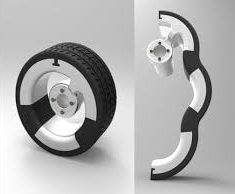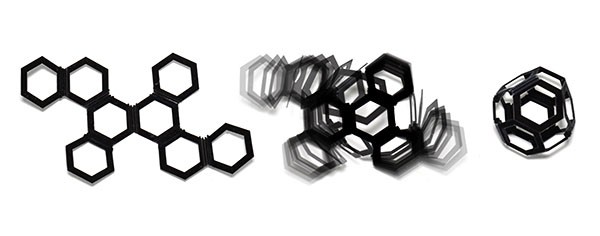Not long ago, 3D printing was the biggest up-and-coming trend in the manufacturing world. Far-fetched grandiose ideas hinged on the concept of material extrusion and the potential for rapid manufacturing through automated printing.
Unfortunately, a single issue was enough to deter many at the forefront of 3D printing. As it turns out, heating and extruding different alloys into 3D shapes is more difficult than the concept entails.
Because of this, 3D printing didn’t necessarily make the manufacturing industry impact many predicted. But additive manufacturers were much more tenacious and their ideas quickly evolved. Today, we’ve bypassed the deployment of 3D printing entirely and moved straight into 4D printing.
What is 4D printing?
4D printing is essentially 3D printing that occurs in stages. 4D printing utilizes the extrusion method of 3D printing, but it can handle many different alloys.
In each stage of the 4D process, printers extrude special “shape-memory” polymer fibers into 2D shapes. Because the polymer fibers are self-reactive when exposed to catalysts — such as heat or electricity — the fibers assume their 3D shapes without human intervention.
Why is 4D printing noteworthy?

On the surface, 4D printing sounds more like a novelty than 3D printing. But, when we delve deeper into the capabilities of 4D printing, its benefits become clear.
Take, for example, a 4D printed sneaker sole that changes its treads depending on the terrain, or consider 4D printed patio furniture that collapses flat when it starts to rain. Products made with adaptive materials take on entirely new properties, giving them additional benefits.
In manufacturing, 4D printing has ramifications on both how we manufacture products and the nature of those products. In fact, products that create products may be the next manufacturing modality that enters the industry.
What’s the timeline on 4D printing?
The technology is still in a very early stage, but that hasn’t stopped manufacturers from looking ahead at what to expect when it does come to fruition. Printing companies like Proto Labs and Arburg have already begun investing heavily in additive manufacturing technologies with the expectation that 4D printing or a similar movement will enter the market.
Likewise, MIT is exploring partnerships with companies like Stratasys Ltd. and Autodesk Inc. to create 4D printed prototypes that help researchers explore the properties of shape-memory polymers.
Despite the intense research surrounding 4D printing, industrial applications are likely a long way off. But as researchers understand more about the 4D printing process, they’re also unlocking new insights about 3D printing. This may be a case where researchers must work backward from a newer technology to understand the true potential of an older one. Regardless, additive manufacturing continues receiving attention.
